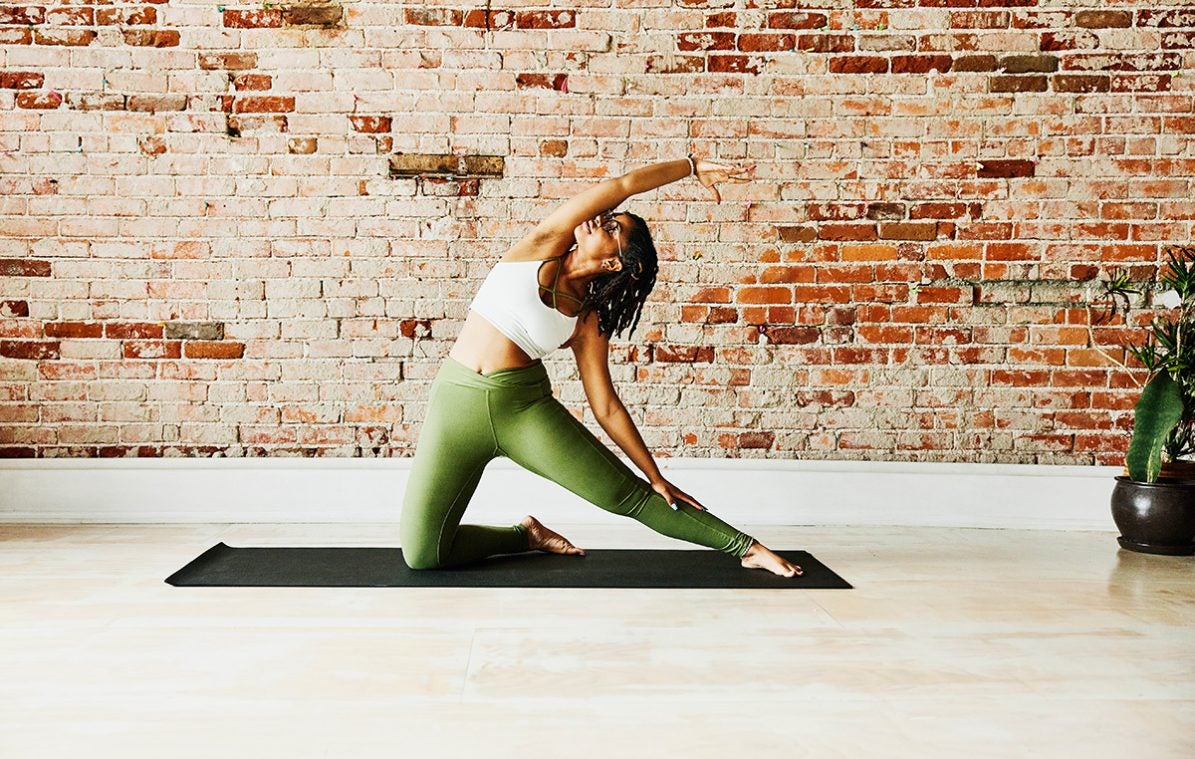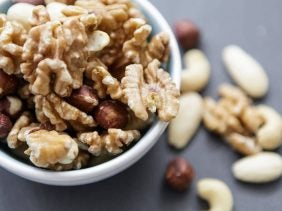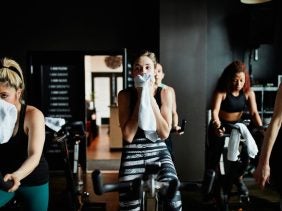You Love Your Hiit Training! But Do You Know What Liss Is?
 ©Thomas Barwick
©Thomas Barwick
Nowadays it seems that training well means that we have to finish exhausted, nearly breathless, and soaked in a pool of sweat. We’ve gotten this idea that to achieve our most ambitious goals, we have to give it our all. No rest. Exercise to the limit, with maximum intensity, to get the best results. That’s why high intensity interval training (HIIT) is so successful. This type of training, in addition to being convenient because it doesn’t take up much of our time, has science on its side with numerous studies demonstrating its benefits. That said, less intense training is also important. Here’s why.
What Do We Mean by Low-intensity Cardiovascular Training or Liss?
Low-intensity exercises are all those in which you exercise at 50% or 60% of your capacity. If you can carry on a conversation or hum a song, you’re training LISS. A relaxing yoga session, a bike ride, a Hatha yoga class or a stretching session are good examples. Conversely, as long as you are training at 70% to 80% of your capacity, you’ll move out of the LISS zone. A crossfit session, high intensity intervals or a boxing class would be some examples.
Low-intensity Cardiovascular Training: What Are the Benefits?
Don’t let the name of this type of training fool you! Low-intensity workouts can bring you just as many benefits as high intensity workouts. In a study published in Obesity Reviews, it is claimed that both types of exercise have very similar results in terms of fat loss. In addition, another study, published in Sports Medicine, demonstrates the benefits of low-intensity exercise in terms of our flexibility, muscle strength and even to fight against some symptoms of depression.
Low-intensity exercise is important to improve our physical endurance and recover faster after training. So let’s take a closer look at why you should include it in your exercise routine:
1- Greater endurance: Being an endurance athlete requires a lot of willpower and long hours, but you don’t have to want to run a marathon to train endurance. Anyone who does a sport will benefit from increased endurance that allows them to keep training longer.
Low-intensity workouts are the key to increasing your endurance by maintaining an elevated heart rate for long periods of time. Professor of Sports Science Stephen Seiler, from the University of Agder in Norway, recommends doing 80% of your training at low intensity, and the other 20% at high intensity to improve your endurance. In this way, higher heart rate zones are reached.
2- Better recovery: When you are training, especially if you are training intensely, you put your body under a lot of stress. A very abrupt change between intense training and rest can make us feel unwell. This is due to the rapid drop in heart rate and blood pressure. After sports, our heart beats faster than normal, our body temperature is higher, and our blood vessels are more dilated. A study from Harvard University has shown that low-intensity exercise can be a great help to reduce all these levels gradually. To reinforce this recovery period you can also add quality supplements to your diet.
3- Fewer injuries: Low-intensity exercises produce less stress on the body. Our knees, hips and joints in general suffer less, which significantly reduces the risk of possible injuries, as explained in one of the studies mentioned above.
Furthermore, as the other study published by the American Public Health Association also shows, low-intensity training can be a great help in reducing blood pressure and stress on our heart.
For all these reasons, low-intensity workouts are a great idea for anyone who is just starting to train, or when we have not been exercising for a while and are not yet ready for higher intensity. However, anyone can benefit from this type of training, as it makes it possible to maintain a good physical condition without having to work your body too hard.
4- When to do LISS: This type of training is ideal for everyone, both beginners and those who’ve been training for a while. LISS sessions can help you build a good aerobic base, and if you’re already training like a pro, they’re great for active rest.
Learn more about this topic at foodspring:
- How fast can you master our new extreme HIIT workout?
- How to do air squats right for maximum results – and 5 fresh variations
- Trainer-Approved Ways to Enhance Your Recovery
Sources for this article
We at foodspring use only high-quality sources, including peer-reviewed studies, to support the facts within our articles. Read our editorial policy to learn more about how we fact-check and keep our content accurate, reliable, and trustworthy.





























